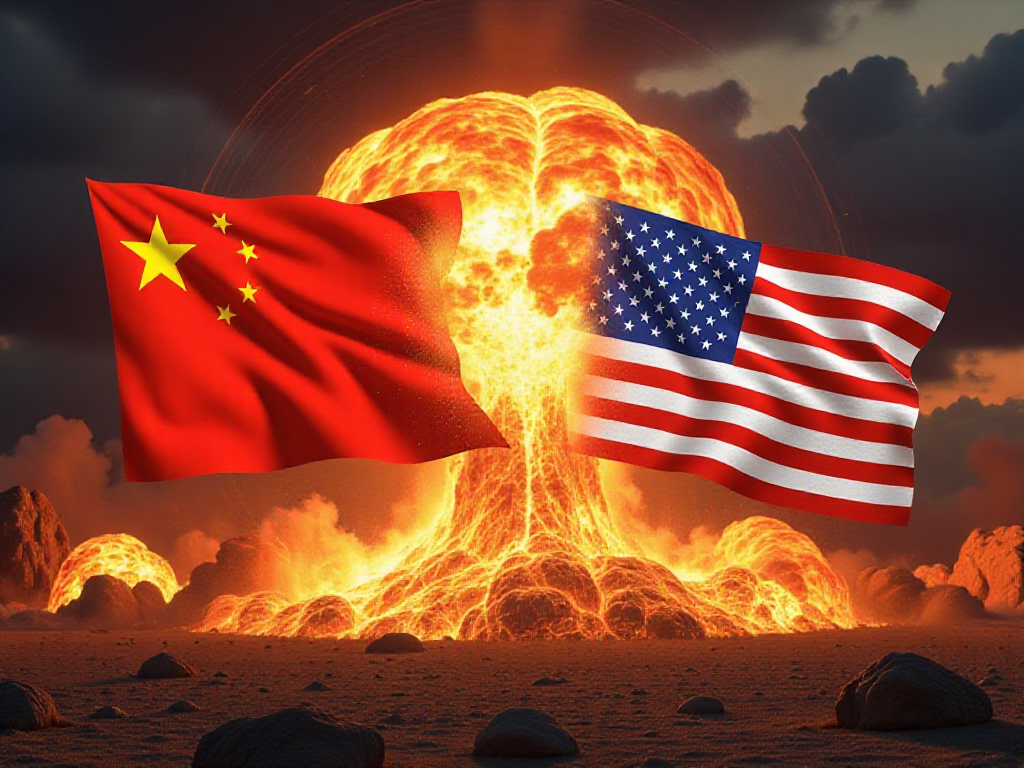The competition for nuclear fusion, often referred to as the ultimate clean energy source, is accelerating between the U.S. and China. Fusion, the process that powers stars, promises immense energy output without the hazardous waste associated with traditional nuclear power. Both nations have been working on this for decades, but China’s recent progress has put it in a leading position. The U.S., once the forerunner in this field, is now at risk of falling behind.

China’s investment in fusion technology has increased significantly, with the government pouring between $1 billion and $1.5 billion annually into research and development. In contrast, the U.S. spends around $800 million. This gap, combined with China’s rapid pace in developing cutting-edge reactors like the tokamak, is causing concern in American scientific circles. Energy Singularity, a Chinese startup, has managed to build its own fusion reactor within just three years, faster than any U.S. equivalent.

The U.S. fusion research landscape is lagging in infrastructure. Many of its reactors are aging, and the country relies heavily on research facilities in Japan, Europe, and the U.K. Meanwhile, China is racing ahead with the development of the CRAFT fusion research park and state-funded reactors using advanced magnet technology. These developments could give China a significant edge in putting fusion power on the grid by the 2030s.

With the stakes so high, nuclear fusion is not only about scientific breakthroughs but also global influence. As fusion technology advances, it has the potential to reshape energy markets and position whichever country masters it first as a global leader in clean energy. The U.S. still has formidable expertise, but without faster action, it risks losing its leadership to China.

#CleanEnergy #NuclearFusion #USvsChina #EnergyRace #GreenTech #FutureEnergy #FusionPower #ClimateSolutions
